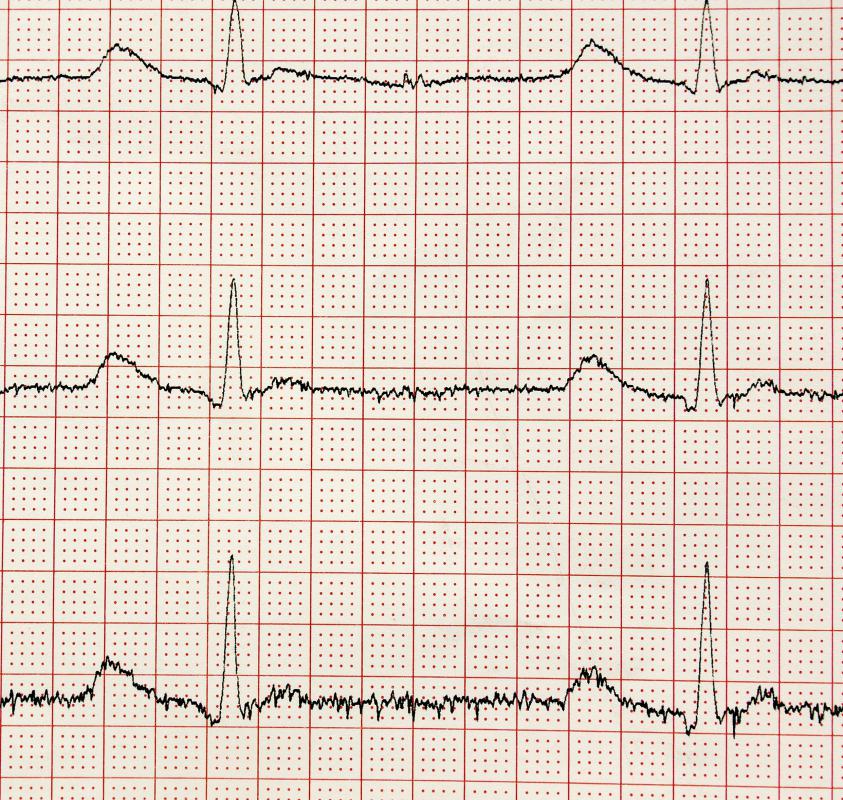At WiseGEEK, we're committed to delivering accurate, trustworthy information. Our expert-authored content is rigorously fact-checked and sourced from credible authorities. Discover how we uphold the highest standards in providing you with reliable knowledge.
What is Psychomotor Epilepsy?
Psychomotor epilepsy is a condition where people experience sights, sounds, smells and tastes which are not there, objects looking strange or appearing bigger or smaller than usual, and a feeling of having experienced events before, known as déjà vu. Sometimes a familiar event is experienced as never having happened before, referred to as jamais vu. Often people exhibit odd behaviors during an episode, such as repeated swallowing and odd limb movements. They may feel detached from their surroundings and afraid, and after an episode they are often confused.
Sometimes, psychomotor epilepsy is referred to as temporal lobe epilepsy, because it is often associated with an abnormal pattern of activity in parts of the brain known as the temporal lobes. Episodes of psychomotor epilepsy are known as seizures, and there are two types. In a simple partial seizure, the person is aware throughout, while, if awareness is lost, this is known as a complex partial seizure. Possible causes of psychomotor epilepsy include injuries and infections affecting the head.

Psychomotor epilepsy may be confused with other conditions, such as grand mal seizures, where there is loss of consciousness and violent muscle spasms. These are what most people think of when they hear the term epilepsy, and they are generalized seizures, affecting all of the brain. Psychomotor epilepsy can also be mistaken for petit mal seizures, sometimes known as absence seizures, where people appear to go blank for a few seconds or minutes. These are generalized seizures which most often occur in childhood and may disappear later in life. Both grand mal and petit mal epilepsy may be treated with medication.

An episode of psychomotor epilepsy is referred to as a partial seizure because it affects only part of the brain. Before a seizure occurs, what is called an aura is often experienced, usually lasting for only a few seconds or minutes. It is during the aura that strange thoughts and feelings are experienced, along with hallucinations of sight, sound, taste and smell, and visual distortions. Physical symptoms such as sweating and nausea may also be present.

After an aura, a person generally appears vacant and may carry out strange, repetitive body movements, such as smacking the lips or chewing. In a few seconds, or minutes, the seizure ends and a period of confusion follows, lasting for several minutes. Sometimes, in a complex partial seizure where awareness has been lost, the seizure does not end but goes on to become a generalized one. Psychomotor epilepsy may be diagnosed using MRI, or magnetic resonance imaging, scans and an EEG, or electroencephalograph, which records electrical activity in the brain. For most people, seizures can be controlled with medication.
AS FEATURED ON:
AS FEATURED ON:


















Discuss this Article
Post your comments